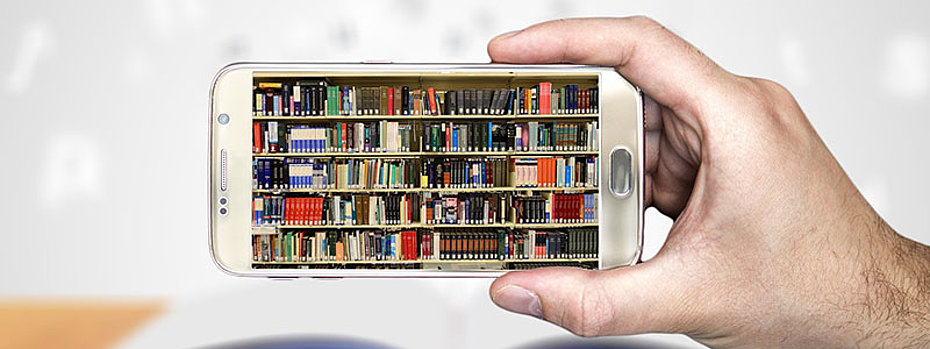Passivation
Passivation is an essential process in surface engineering used to increase the corrosion resistance of metals and ensure the long-term durability of products. This process is used in various industries, including automotive, aerospace, electronics and food processing.
Passivation refers to the formation of a protective oxide layer on the surface of a metal, especially stainless steels such as stainless steel. This oxide layer acts as a barrier to aggressive environmental conditions such as moisture, acids and chemicals. The formation of this layer significantly reduces the metal's susceptibility to corrosion.
The process of passivation usually takes place in an acidic bath, where the metal part is specifically exposed to chemical conditions to promote the oxide layer. This process can involve several steps, including cleaning, degreasing and etching to remove impurities and contaminants from the metal surface. This is followed by immersion of the metal in a passivation solution that allows the protective oxide layer to build up.
The advantages of passivation in surface engineering are many. Apart from corrosion resistance, it can also improve the aesthetics of the metal surface and extend product life. This is particularly important in industries where hygiene and safety standards are paramount, such as food processing or medical technology.
Overall, passivation is a critical step in surface engineering that helps ensure the quality and performance of metal products. The exact method and specific conditions may vary depending on the requirements and intended use, but the basic goal always remains the same: to create a protective barrier that keeps the metal from corroding.
Back to listThis definition is taken from the surface technology encyclopedia from Surface Technology Online. You can find many more technical terms from the surface technology industry in our lexicon overview.
Would you like to add technical terms to the surface technology encyclopedia (also with a mention as author)? Please contact us by mail or phone to discuss further details.

